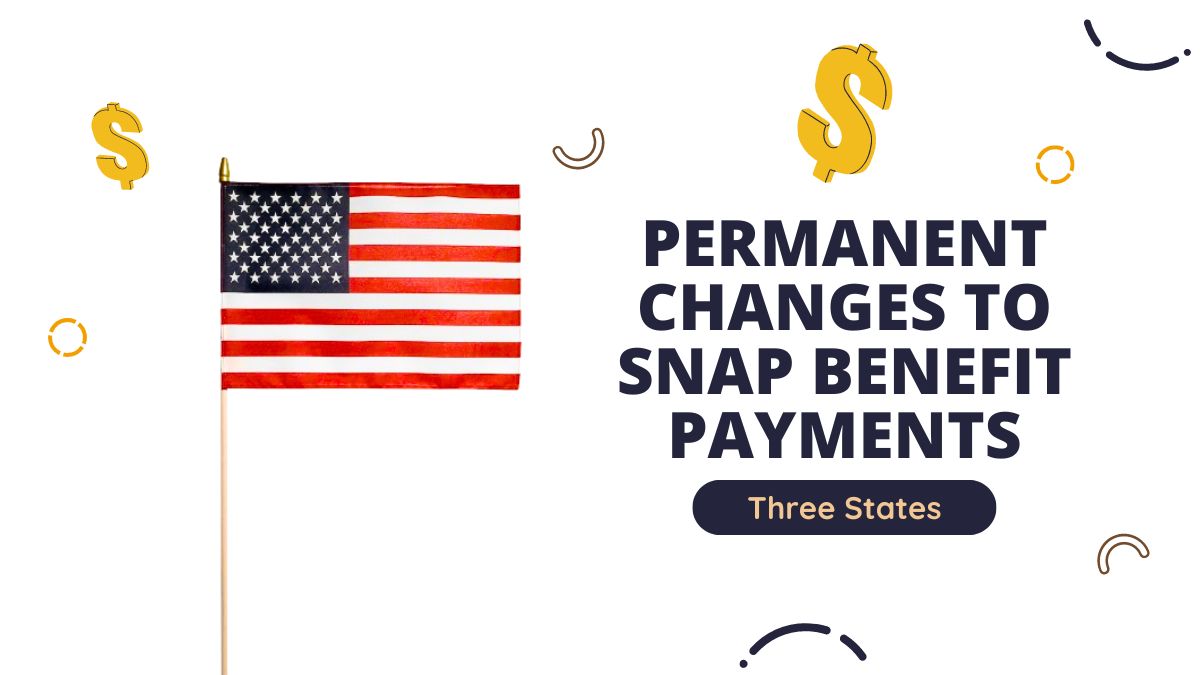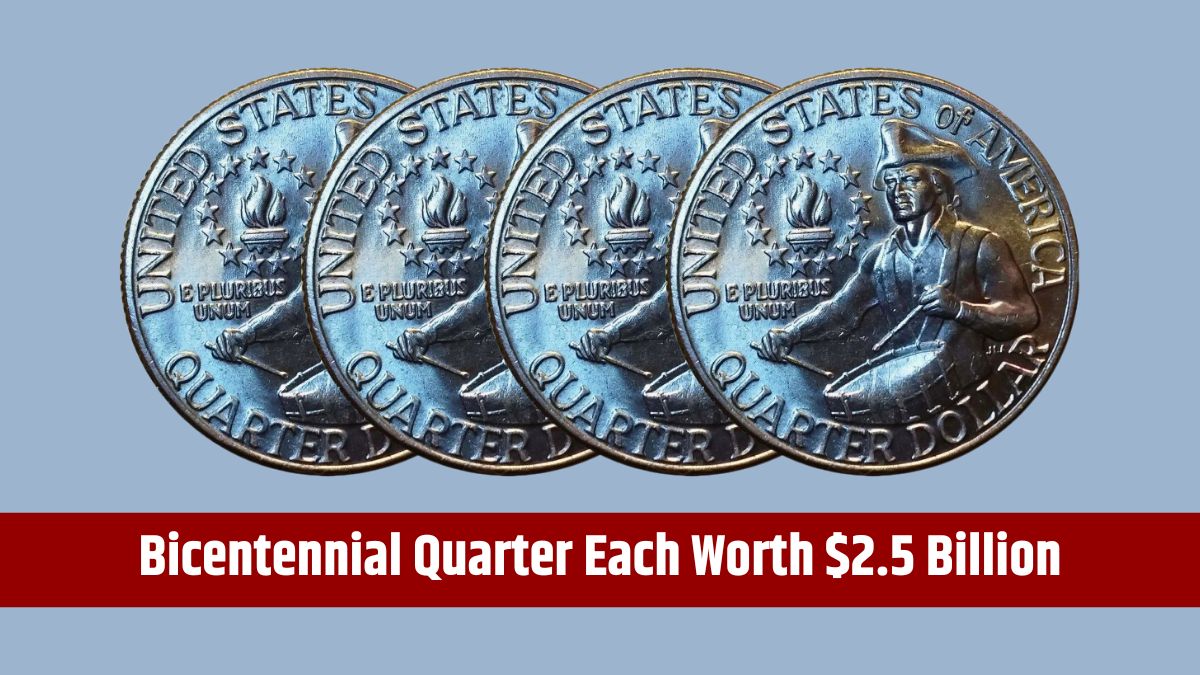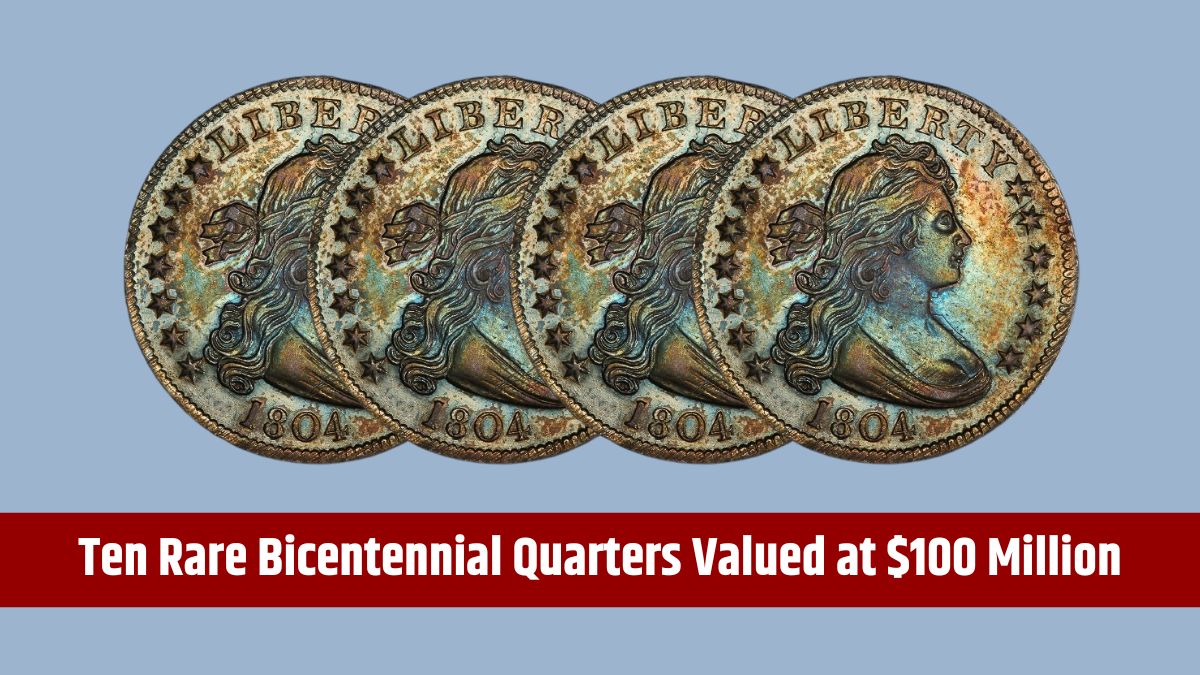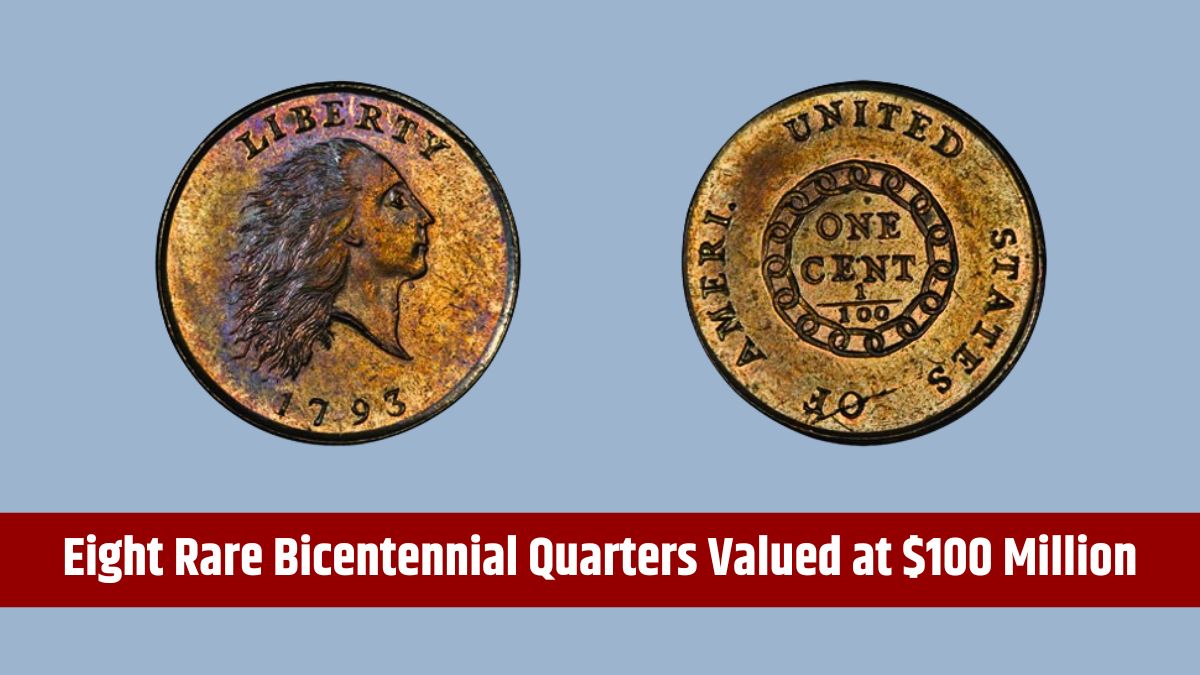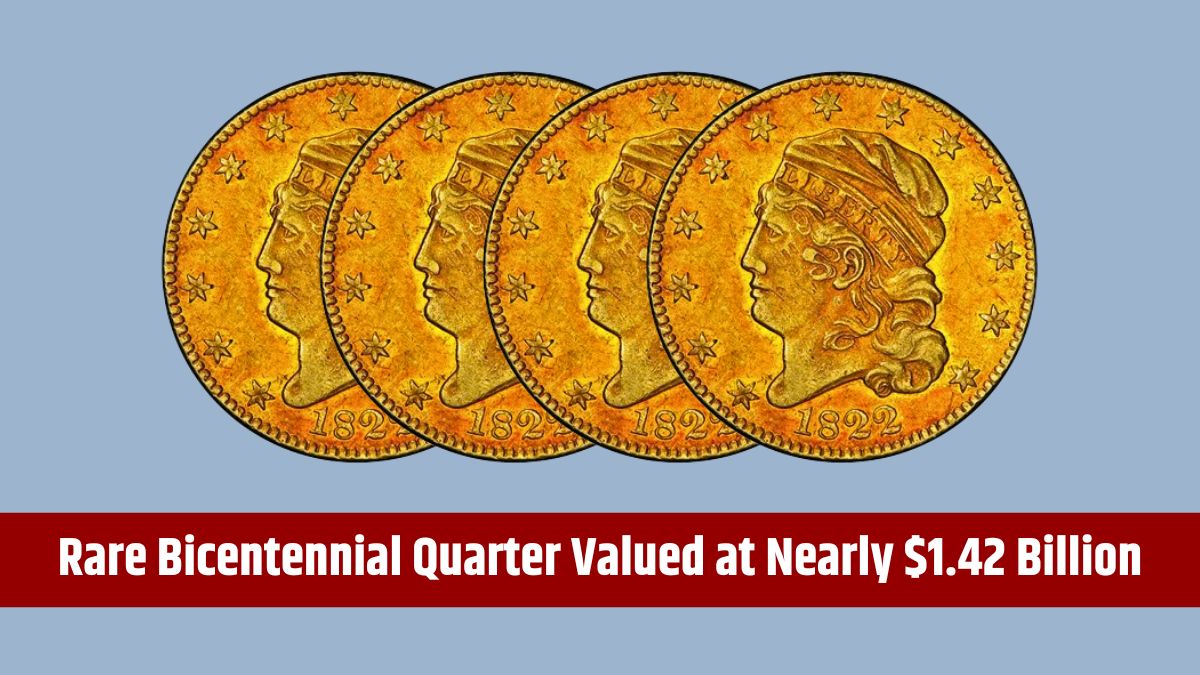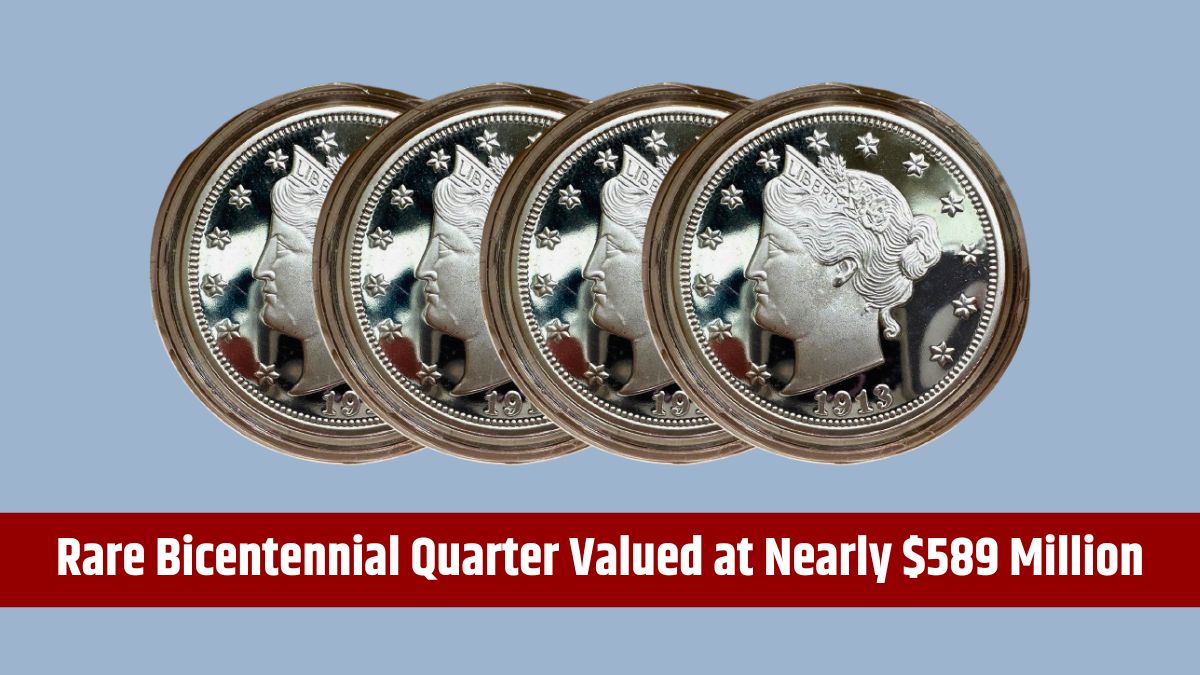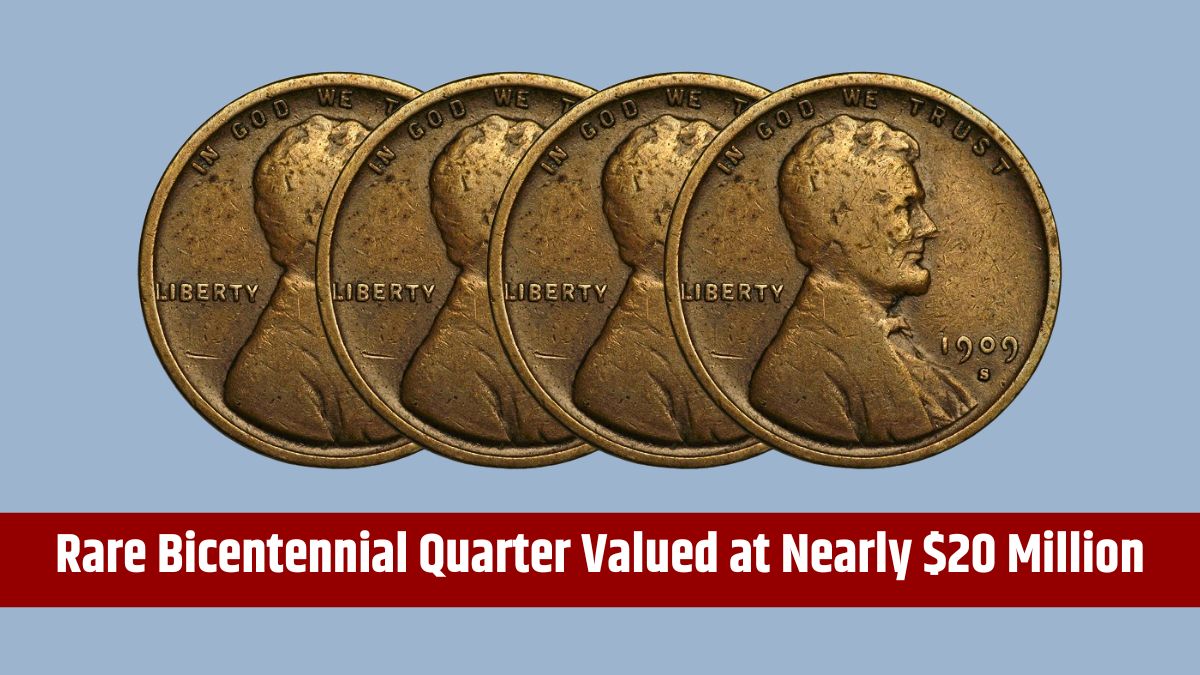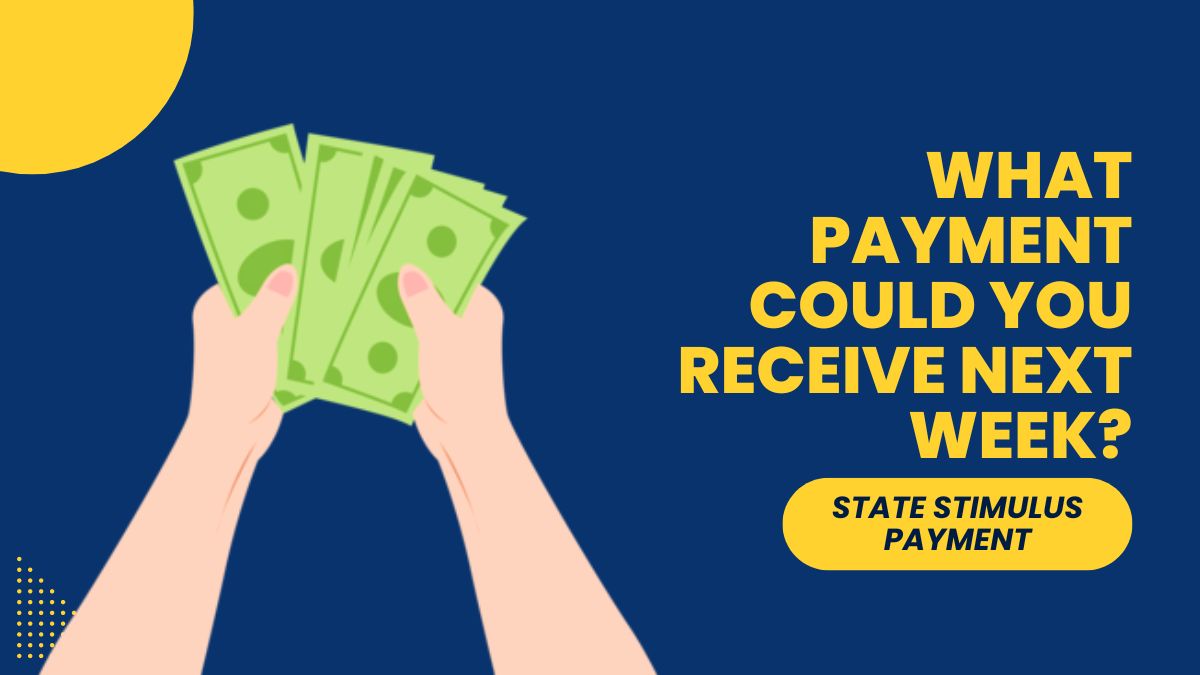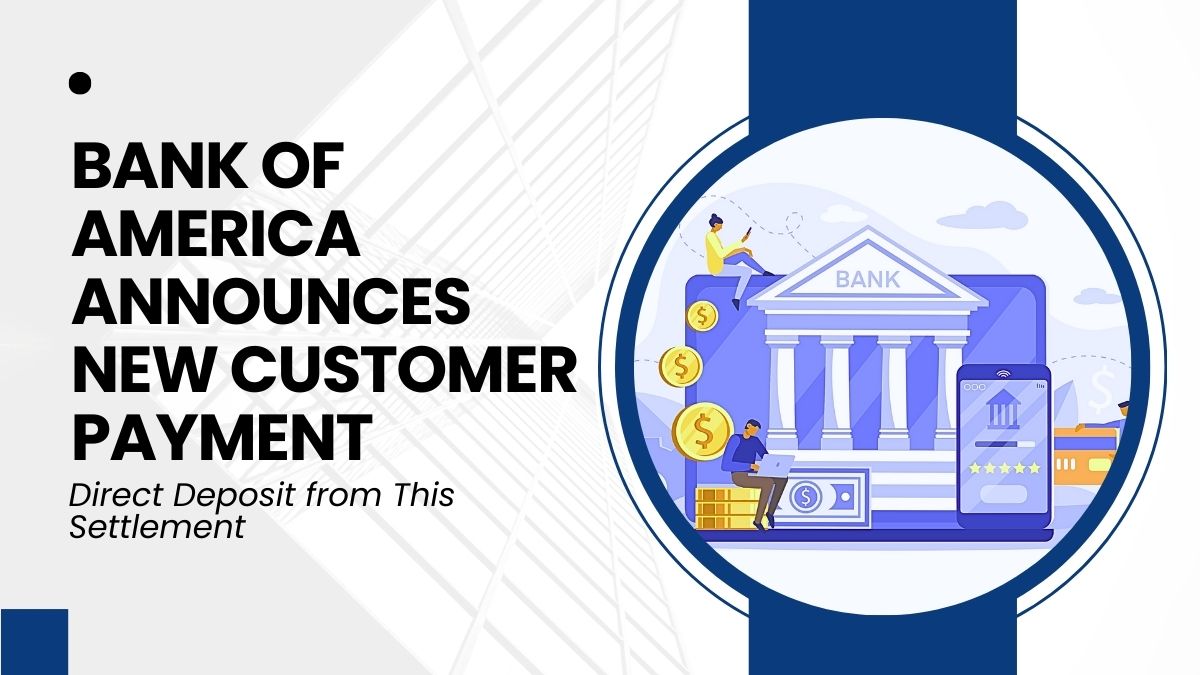A new initiative is taking shape to enhance benefits for Supplemental Nutrition Assistance Program (SNAP) recipients in two states, offering them monthly incentives of up to $60. Backed by the U.S. Department of Agriculture (USDA), this program aims to encourage healthier eating habits by financially rewarding the purchase of fruits and vegetables.
With $25 million allocated for this project, the USDA is piloting the Electronic Healthy Incentives Projects (eHIP) to increase the purchasing power of SNAP recipients when buying these essential food groups.
Expansion
Colorado is now the second state to implement the eHIP initiative using USDA grant funding, following Washington’s lead. Louisiana is set to join soon. In Colorado, SNAP recipients can get up to $20 per transaction in reimbursements, capped at $60 per month. This innovative project is designed to make it easier for SNAP households to afford healthy foods that contribute to long-term health and well-being.
In Washington, where the program launched in June 2023, the same guidelines apply, emphasizing the importance of fruits and vegetables in daily diets. With the average monthly SNAP benefit in Colorado being $214, the eHIP initiative could increase this amount to $274 per month, representing a significant 28% boost in their food budget.
Convenience
The eHIP initiative is being rolled out across various participating retailers and farmers markets in Colorado. SNAP beneficiaries don’t need to take any additional steps to enroll. They just need to shop at approved locations and purchase eligible fruits and vegetables, with the reimbursement automatically credited to their Electronic Benefit Transfer (EBT) card.
Most participating retailers in Colorado are market stalls and farm stands, often located in major population centers like Denver, Colorado Springs, and Fort Collins. However, these outlets may not operate daily. The eligible food items include all fresh fruits and vegetables and frozen varieties without added salt, sugar, or fat. At farmers markets, participants can also earn bonuses for purchasing dried fruits, vegetables, and beans, provided they meet the same criteria.
Flexibility
One of the eHIP’s standout features is the flexibility it offers recipients. The bonus funds don’t need to be spent exclusively on fruits and vegetables. Instead, recipients can use the additional benefits to purchase other groceries at any retailer that accepts SNAP, giving them greater control over their food choices.
Future
Beyond this incentive program, SNAP recipients can expect a slight increase in their maximum benefits later this year. The USDA has announced a cost-of-living adjustment (COLA) that will take effect in October, raising SNAP benefits in all U.S. states and territories, except Hawaii. This adjustment ensures that SNAP benefits remain aligned with inflation and the rising cost of living, further supporting low-income households.
This initiative is part of a broader effort to improve public health by making nutritious food more accessible. By encouraging the purchase of fruits and vegetables, the USDA aims to foster healthier eating habits, potentially reducing long-term healthcare costs linked to poor nutrition. As the eHIP program expands to other states, it may serve as a model for future SNAP enhancements, promoting better health outcomes for all recipients.
FAQs
How much extra can SNAP recipients get through eHIP?
Up to $60 monthly.
What foods are eligible for eHIP bonuses?
Fresh, frozen, or dried fruits and vegetables without added sugar, salt, or fat.
Do I need to enroll in eHIP separately?
No, just shop at approved locations.
Can eHIP funds be used on non-produce items?
Yes, at any retailer accepting SNAP.
Will SNAP benefits increase in 2024?
Yes, a COLA adjustment in October 2024 will increase benefits.

